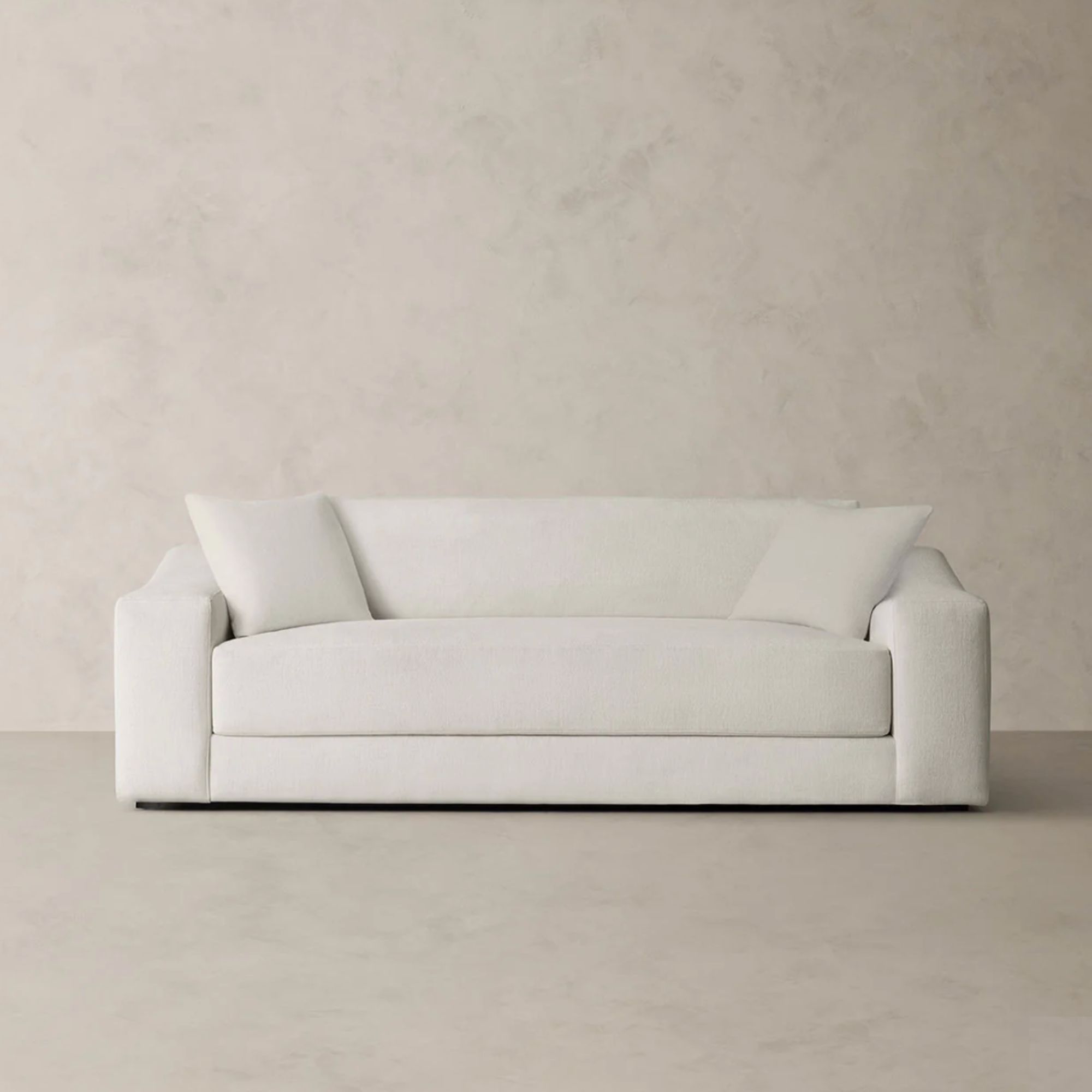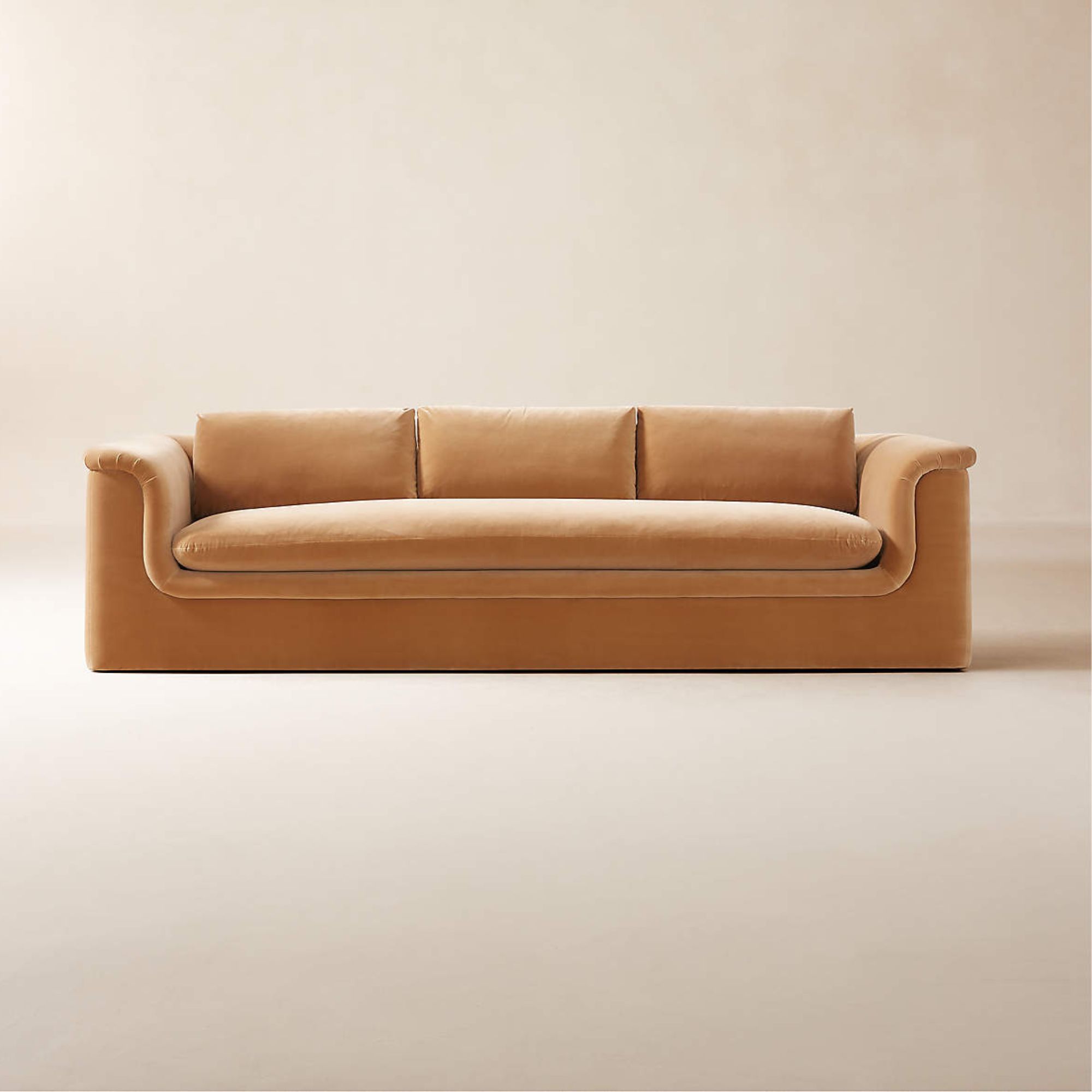Avoid these 8 couch buying mistakes to find a sofa that's perfect for your home
Swerve these common pitfalls if you want to find the right couch for your space

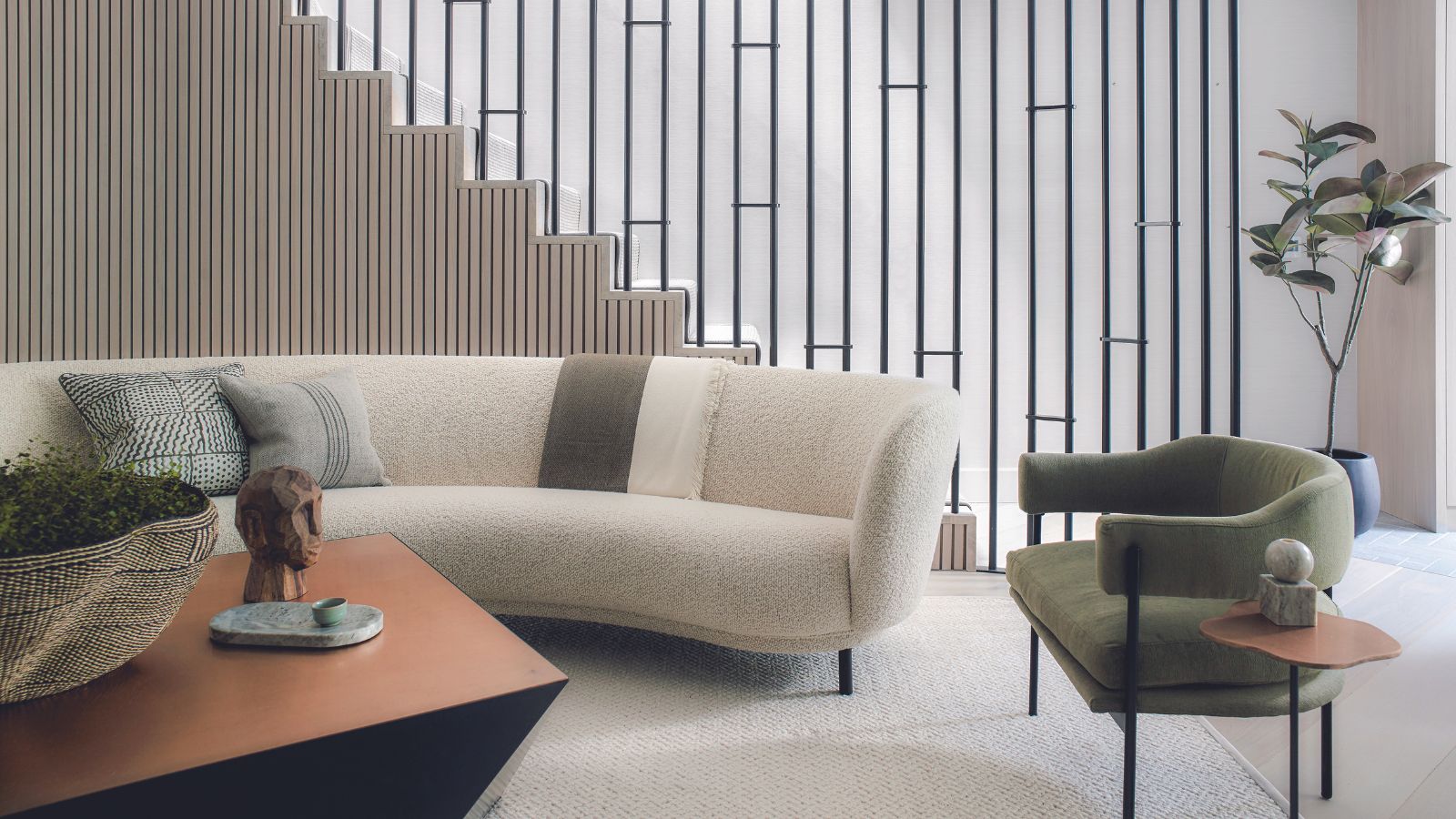
Buying a new couch isn't just about picking a design that looks good in the showroom or on a webpage. Finding the right piece for your living room requires a careful combination of practicality and your own personal style.
You may jump into this process with a specific color scheme, design aesthetic, or even a brand in mind, but do you ever stop to consider what mistakes you might be making in this all-important purchase?
There are several key factors to nail from the get-go. For starters, the size must complement your living space without overwhelming it, the material needs to withstand the daily grind of family life, pets, or the occasional spill, and the construction quality should promise durability and comfort for years to come. So, how do you avoid making common couch-buying mistakes?
Couch buying mistakes to avoid
With a myriad of options available to buy in-store and online, it's entirely possible to find a couch that marries form with function – whether you're looking for a bold design to become the centerpiece of your living room or a more understated piece that harmonizes with your existing decor.
Swerve these common mistakes and you'll find a couch you love:
Not considering the style and layout of your existing room
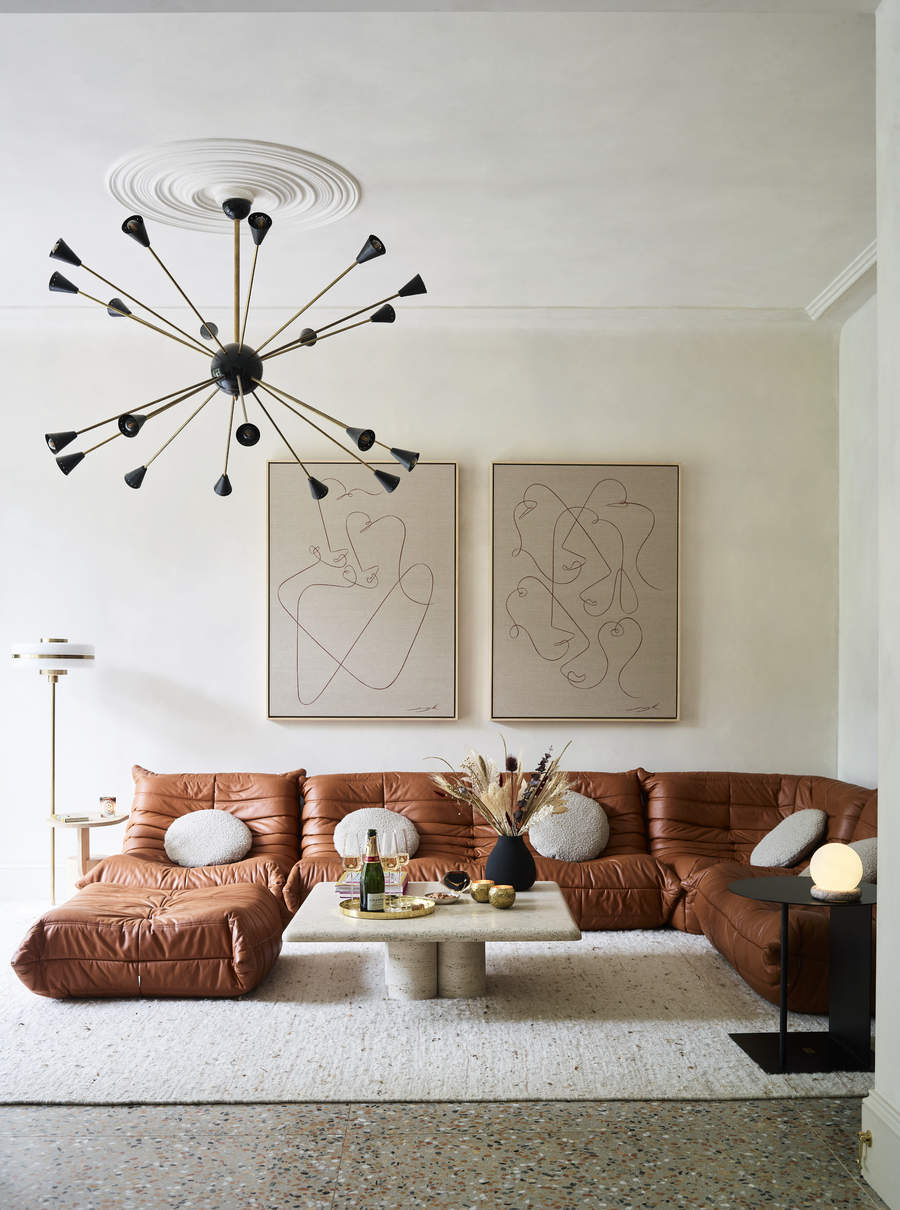
Before you begin shopping for a new couch, it's important to consider the layout of your living room and how your new purchase will fit with your existing design scheme.
‘A couch that is too big for a room can potentially make it less functional and enjoyable to live in,’ explains Tom Perry-Fox, Home Advisor from UK-based ScS. ‘Similarly, if your couch needs to go in front of a radiator, you must ensure you’ve accounted for a gap to allow heat to circulate in your room.’
Design expertise in your inbox – from inspiring decorating ideas and beautiful celebrity homes to practical gardening advice and shopping round-ups.
Once you've factored in these considerations, will there still be enough room to move around freely? Will your dream couch sit comfortably alongside your existing furniture, or will it disrupt the scale of the room?
‘For those passionate about interior design, you may also wish to color match the wood or metal tones of your couch or armchair’s legs with your existing furniture, lighting, and flooring,’ continues Victoria Foster, Interior Stylist at ScS. ‘If your heart is set on something modern and minimal, then keep this in mind as you’re shopping, as something that makes a bold statement with a big discount isn’t actually what will work for your home.’
Ask yourself, ‘Where should I place my couch in this room?’ and ‘Will the couch clash with my existing aesthetic?’. Don't proceed with a purchase until you've considered these factors, or you might be making a costly mistake.
Not sticking to your non-negotiables

Couches are typically a long-term investment, so it’s a good idea to have a list of 'non-negotiable' features before making your purchase.
‘For example, if you need a hard-wearing couch because it will be subject to heavy use by family members and visiting friends, you need to make sure you don’t compromise on this,’ says Tom Perry-Fox.
Other non-negotiables may include:
- When buying a couch for a small living room, ensure it fits comfortably within your space. Measure doorways, hallways, and the intended area to avoid sizing errors.
- Choose materials that suit your lifestyle. If you have pets or children, look for stain-resistant and easy-to-clean fabrics.
- Consider if you need additional features like storage space, a pull-out bed, or modular pieces that can be reconfigured depending on its use.
Taking inaccurate measurements

One of the biggest mistakes people make is not knowing how to get couch measurements right.
‘There are a few different measurements to consider when finding your perfect couch,’ explains Yoram Weinreich, CEO of Simpli Home. ‘First, measure the space where you plan to place the couch, considering the length, width, and height of the area. It's important to factor in any existing furniture or obstacles within the space and ensure there's ample clearance around the couch, about 18 inches or so, to prevent a cramped feel.’
‘Accurate room measurements are especially important if you're buying a recliner or couch with an adjustable headrest, as you'll want to have room to use the features you paid for,’ Yoram continues. For the couch itself, measure the height of the armrests to avoid blocking views or access to other areas, such as windows or shelves. Consider the height of the couch's seat from the floor, particularly if you have mobility concerns or specific height requirements.
‘Don't forget to measure doorways and hallways to ensure you can easily maneuver the couch without risking any damage to the surrounding walls. If you live in a multi-story residence, assess if you'll need to use the stairs or elevator and measure those spaces accordingly.’ Need we remind you of that famous scene from Friends?
Not doing your research
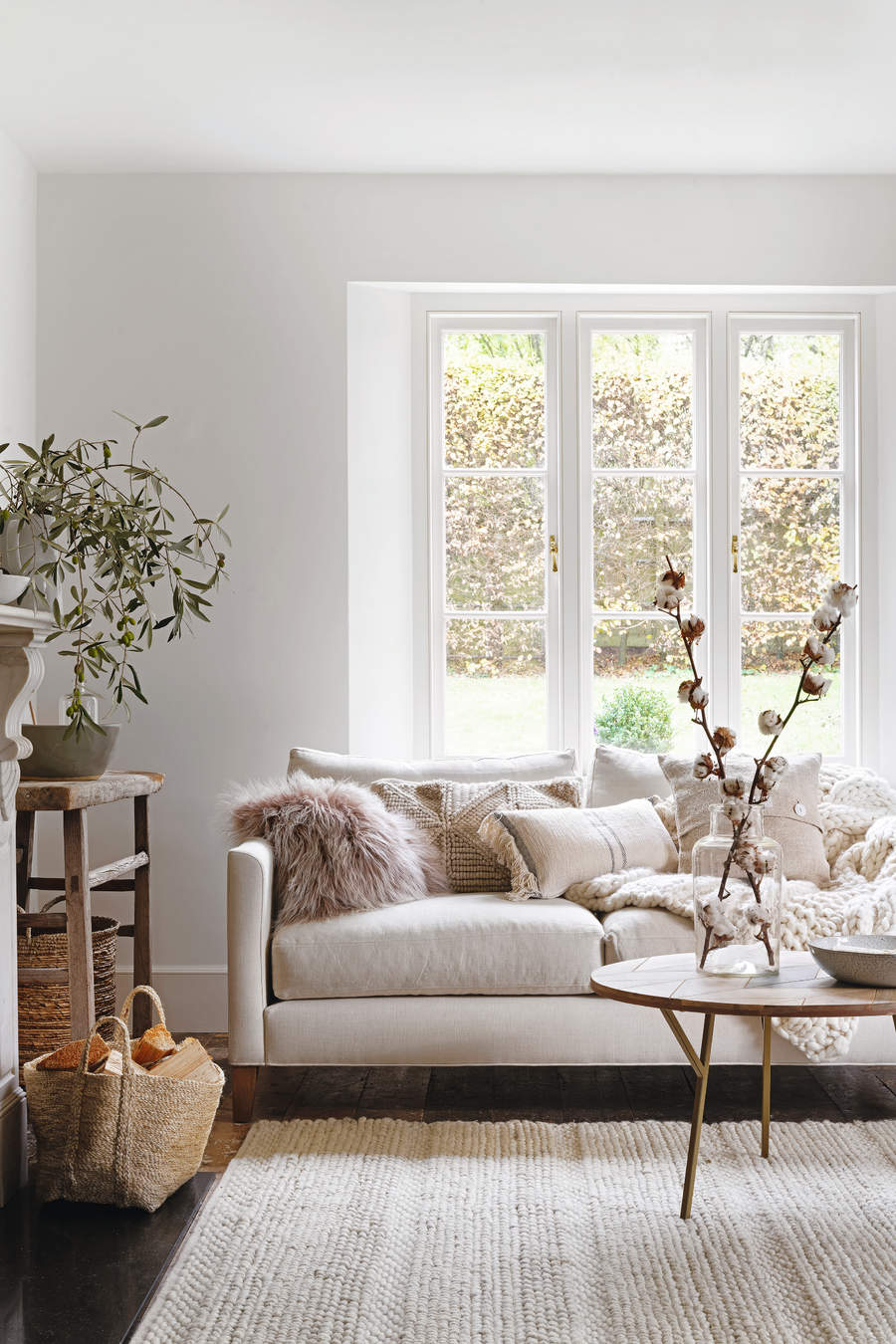
‘The challenge of buying a couch online stems from our inability to touch and feel the product,’ explains Yoram Weinreich. ‘You can't sit on it to feel the comfort, nor can you touch the fabric to judge its quality. A $300 couch can look the same as a $5,000 couch in pictures, but they'll be very different in comfort, feel, and durability. This is why reading about the construction and researching the materials is so important.’
You should read product descriptions carefully. If you want a quality couch that will last for years, you should swot up what determines quality in couch construction.
What to look for when reading couch product descriptions
- Frame Construction: Look for frames made from solid and engineered wood, which offer durability and strength. Avoid softwoods like pine, which can warp and bend over time.
- Seat Suspension: The seat suspension should be made with zig-zag springs and webbing for maximum comfort and support. This combination helps distribute weight evenly and prolongs the life of the seat cushions.
- Cushions and Fillings: The seat cushions should be constructed using a combination of high-density foam, often with a bagged cover of polyfill and feathers, for comfort and shape retention.
- Fabric Durability: The fabric should pass a durability test called a 'rub test,' which indicates how well it will hold up to wear and tear (25,000 rubs is fine for residential use, but commercial fabrics should have 70,000 rubs or more).
- Leather Quality: Leather comes in many different grades. Aniline and semi-aniline are top choices for durability and comfort but beware of lower-quality leathers that may not age well.
- Tailoring and Finishing: Pay attention to the couch's tailoring and finishing. Tight, even seams, consistent fabric patterns, and securely attached details are signs of good craftsmanship.
- Warranty and Return Policy: Understanding the warranty and return policy can provide insights into the manufacturer’s confidence in their product. Look for longer warranties that cover frame integrity, springs, and cushioning.
All of these specifications will affect quality and price, so be mindful of them when making your next purchase. Sometimes, a cheap couch really is too good to be true, and you'll get what you pay for.
Not reading customer reviews
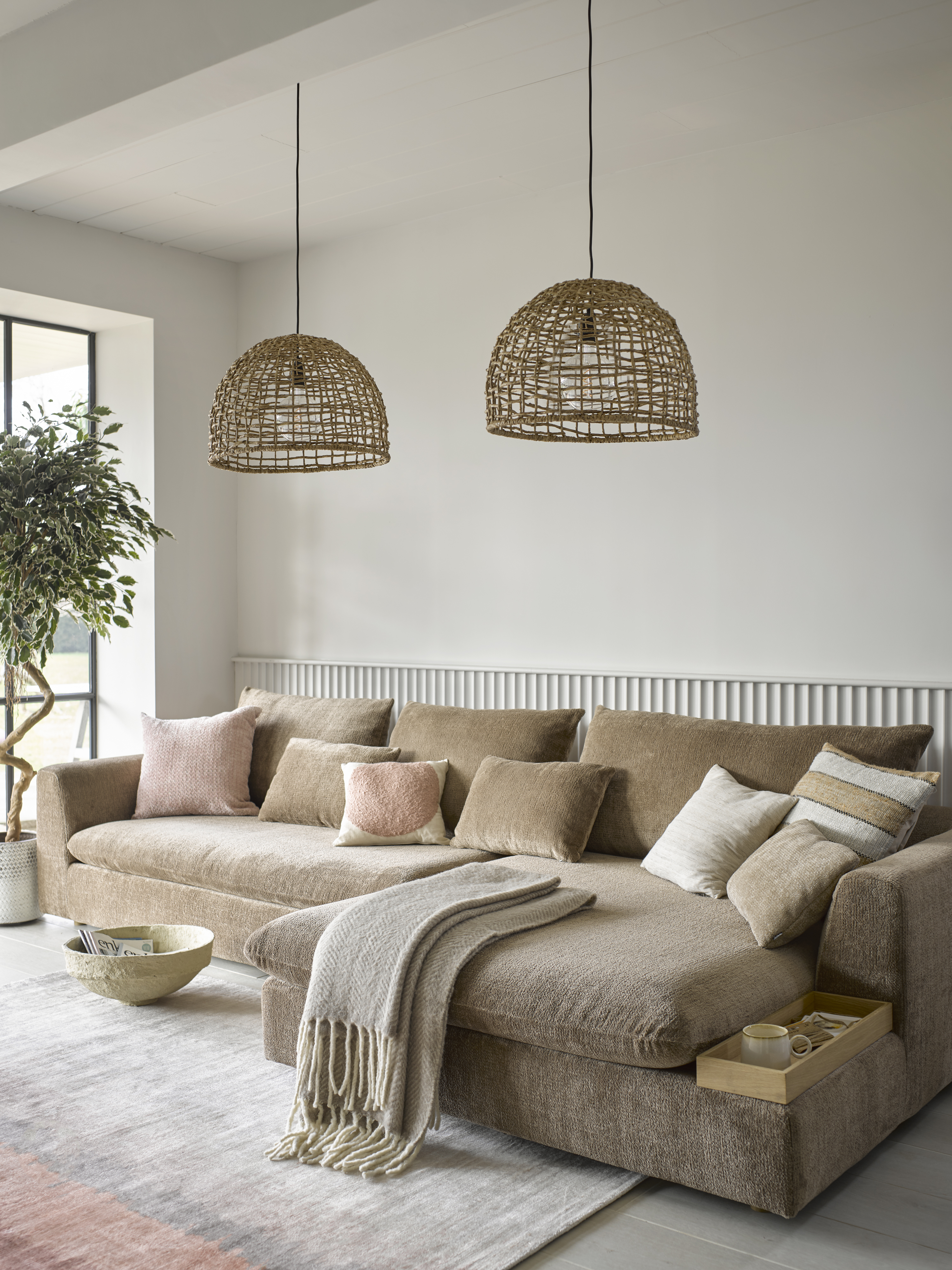
You're unlikely to book a table at a restaurant with negative Yelp reviews, and buying a couch is no different. Remember to read customer reviews and look for comments about comfort, durability, and overall quality. Likewise, reviews can be telling about a brand's customer service.
Feedback from buyers with a similar taste level to you will often be helpful when making a decision. If a couch has multiple 5-star reviews, you can feel more confident about your purchase. 'That said, you can find couches for $300 that have lots of 5-star reviews,' Yoram Weinreich cautions. 'Does this mean the couch is amazing? No. What they indicate is the couch meets a customer's expectations. Therefore, when looking at reviews, take them in the context of the product level you are considering.'
It's also worth noting that some brands may not display negative reviews on their website, so searching for the brand and product name online will help you find independent reviews to make an informed decision.
Not requesting samples
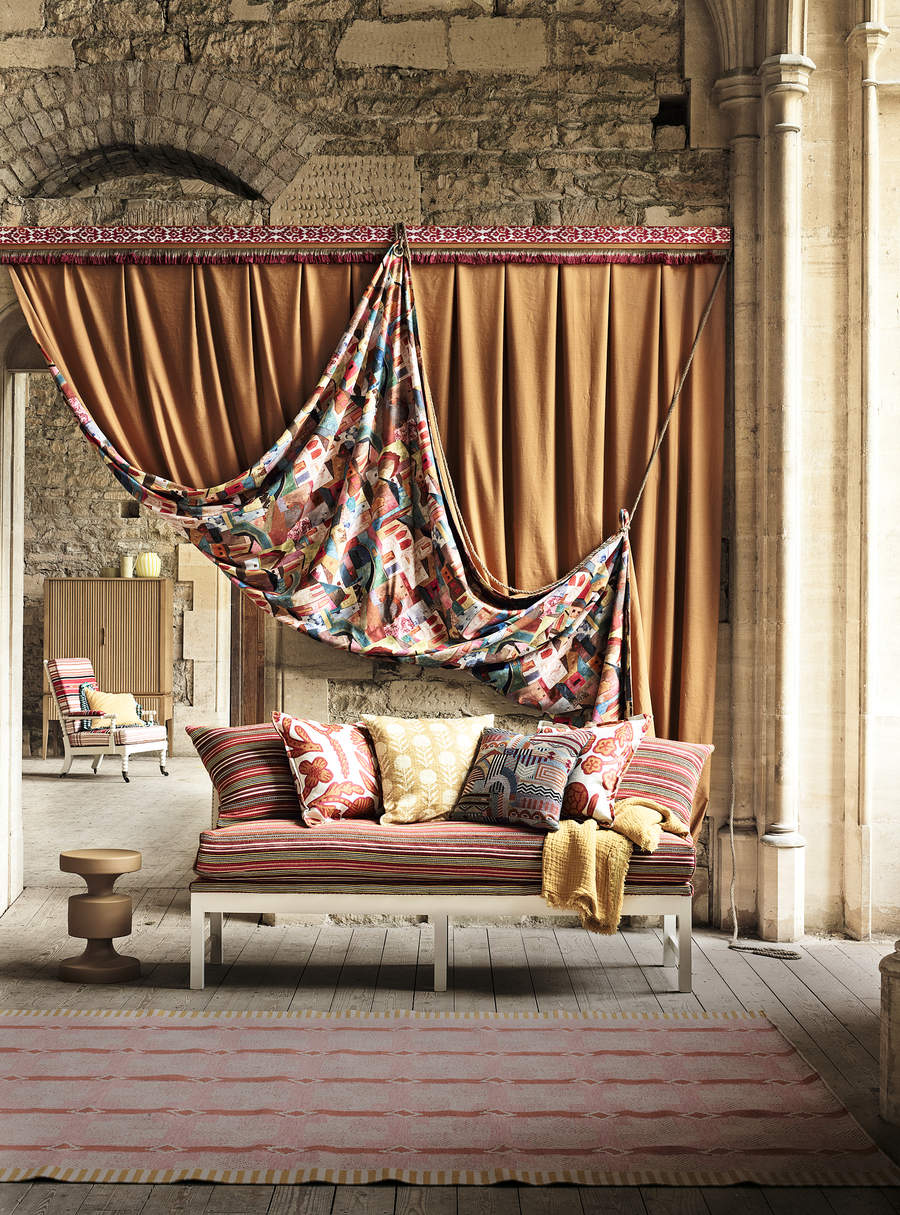
It can be difficult to tell color and texture from a picture alone, so it's a good idea to order fabric swatches if you can. In a similar vein to using paint samples correctly, reviewing a wide range of swatches will provide you with a better understanding of the color and finish you require.
'Just because you like a color or fabric online doesn’t necessarily mean it will translate to your space,' says Dan Campbell, President of BenchMade Modern. 'Make sure to review fabric swatches in person and, most importantly, in the actual room where the new sofa will live. It’s best to review textiles during the day with brighter, natural light as well as in the evening under warmer, artificial light so you have a true sense of what it will look like throughout the day.'
Failing to try before you buy
If you can get to a store or showroom, it's always a good idea to test-run the couch in person.
'Couches are designed to be comfortable and supportive, and the best way to determine this is to sit, slouch, and lounge on a couch before you commit to making a purchase,' says Victoria Foster, interior stylist. 'Make sure your back is getting enough support when you sit upright, that you can get up easily, and that it’s not too low to the ground. If you like to lay down and stretch out, ensure the couch is long enough for this.'
Not considering delivery timescales
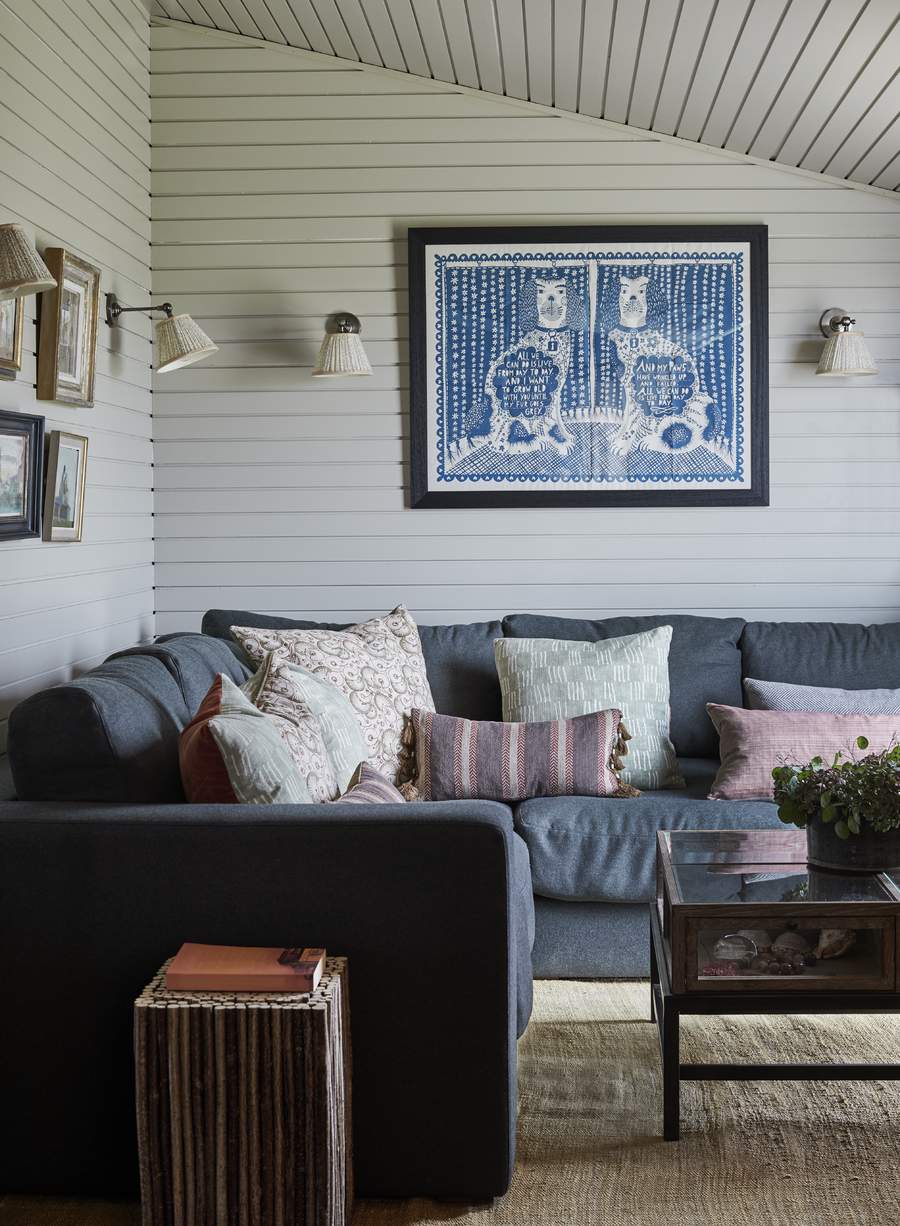
Finally, when ordering a couch online, be mindful of delivery times. Extended delivery periods can be frustrating and you if you’ve already arranged to have your old couch removed, you don’t want to be left without a seat in your living room!
Before finalizing your purchase, confirm the estimated delivery window and consider any potential delays that might affect your plans. Some retailers offer free shipping, while others may charge based on distance or the size of the item. Knowing these details upfront can help avoid unexpected costs.
On the day of its arrival, make sure the path to its destination is clear and get additional help to move and set up the couch if you need it (couches are heavy, so this is usually a two or three person job). Some couches will also require assembly, so check if the delivery includes an assembly service or if you'll need to arrange this separately.
Ordering your dream couch is an exciting part of transforming your living room, but it's only the first step. To maintain your new purchase for years to come, it's important to know how to clean a couch and fix sagging couch pillows to keep your new piece looking pristine for years to come.

Gabriella is a freelance contributor for Homes & Gardens. She is a DIY enthusiast and a lover of all things interior design, often found antiquing or browsing the aisles of her local hardware store. She has a particular passion for historic buildings and is in the process of renovating a Victorian coachhouse in the countryside.
For much of the past decade, Gabriella has worked as a freelance writer, crafting copy for national publications and renowned homeware brands. Most recently, she worked for Homebuilding & Renovating Magazine and is the former Head of Solved at Homes & Gardens, focusing on case studies for the magazine and website, as well as writing features about issues surrounding historic and listed building projects.
